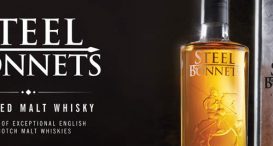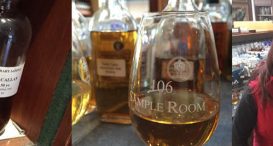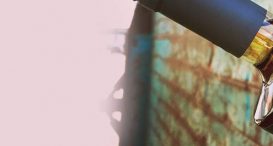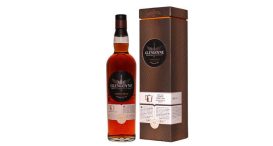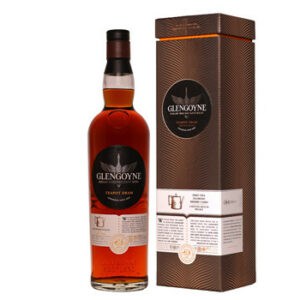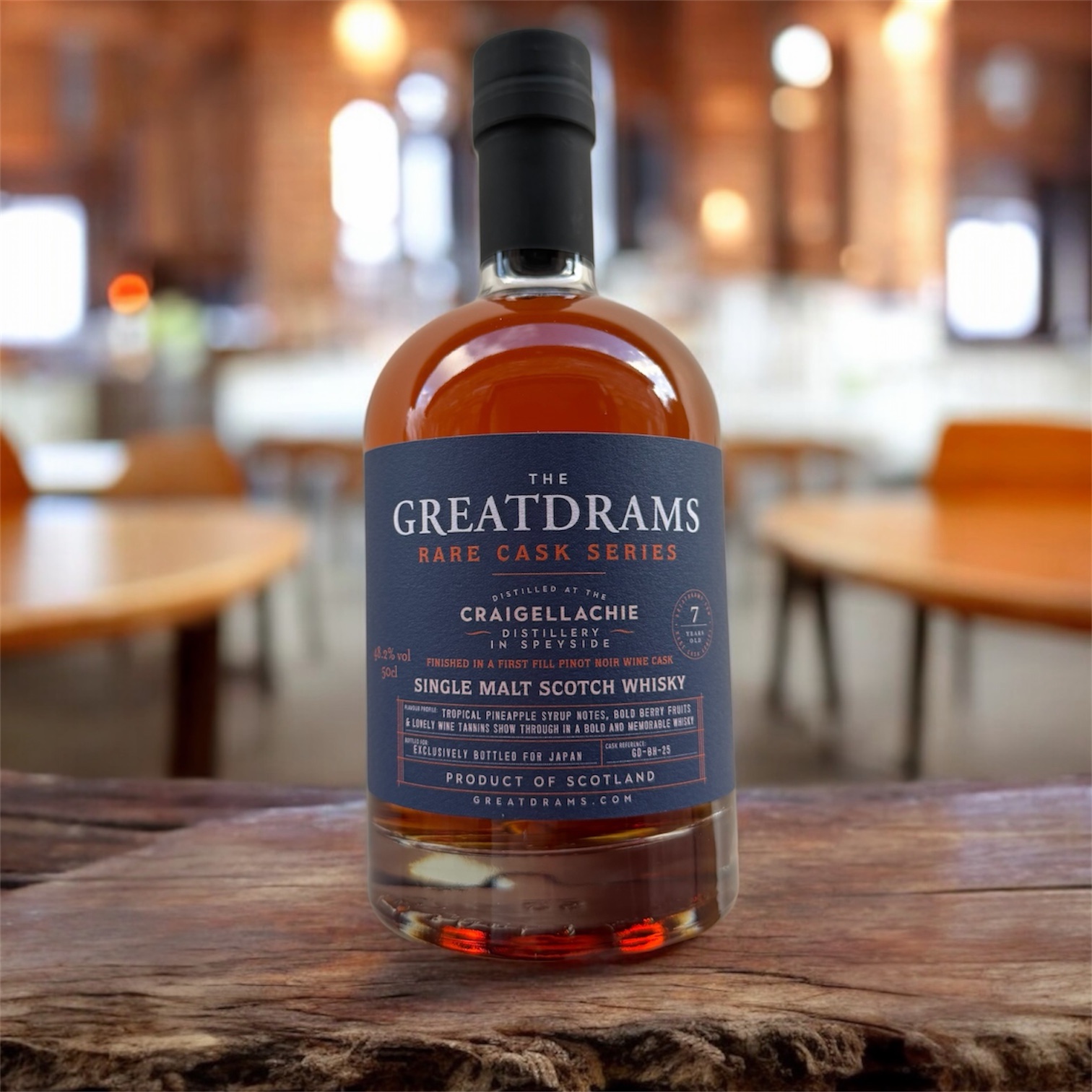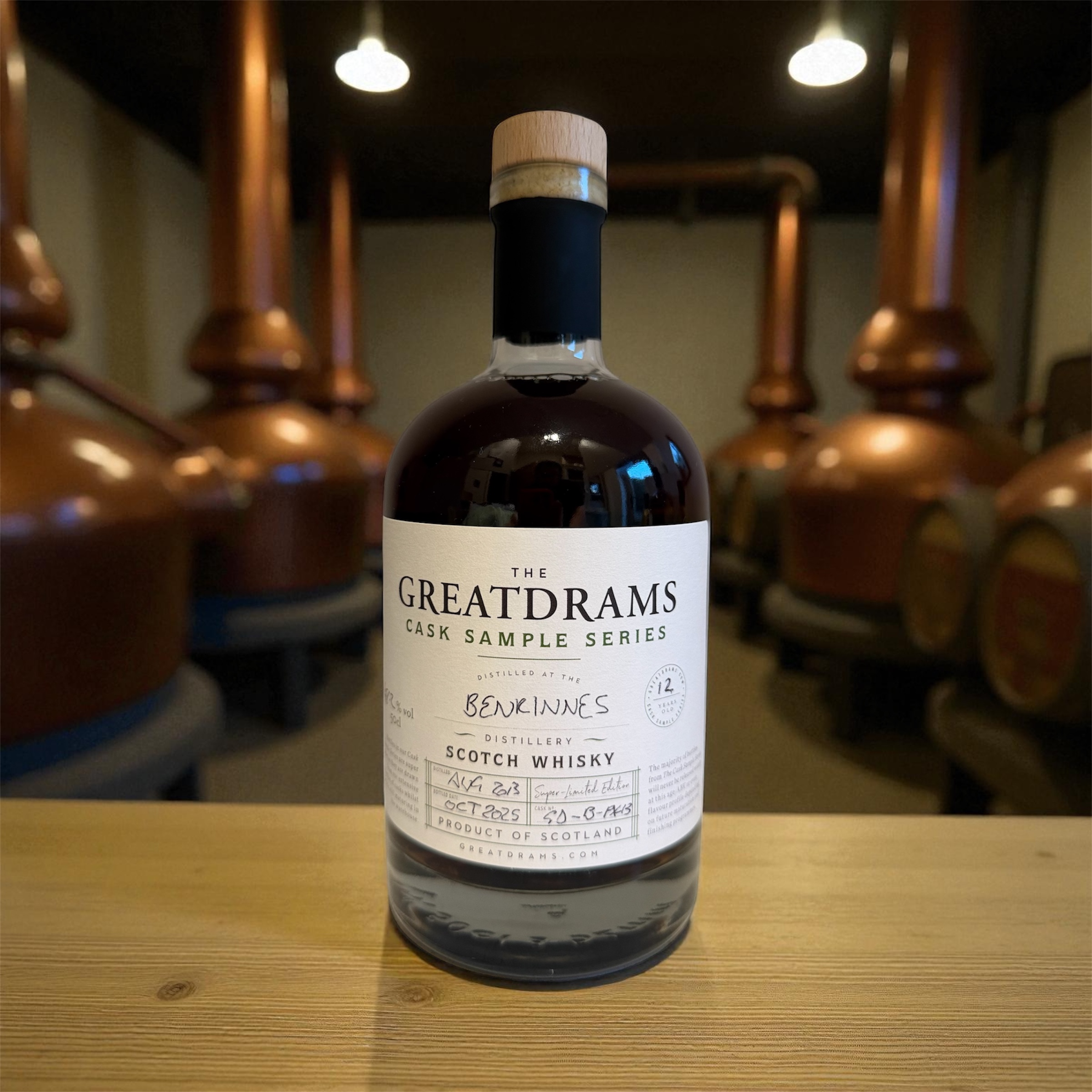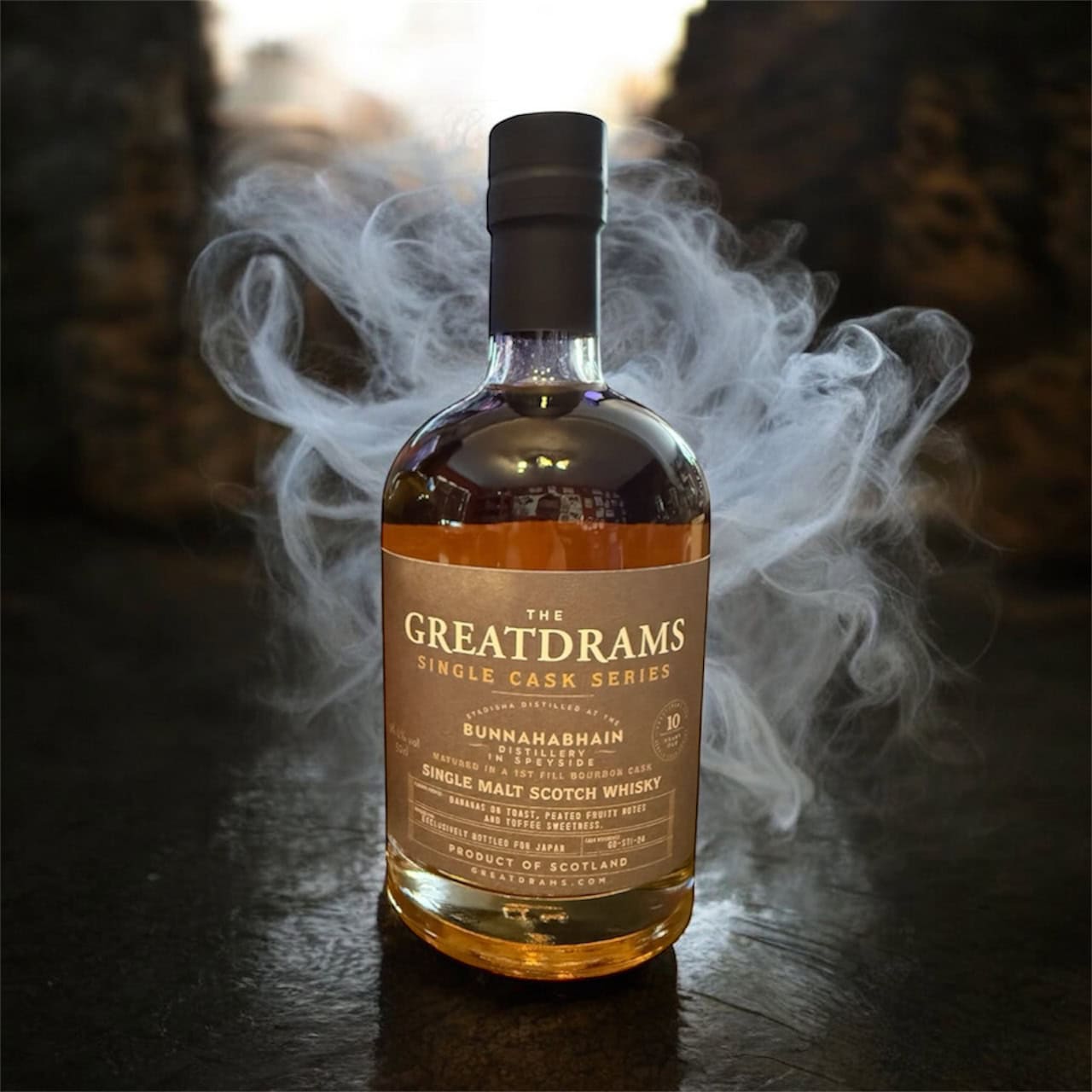The Future of Irish Whiskey isn’t all about Jameson
let’s begin
Irish whiskey is a well established category, but for decades it has been focussed on around three distilleries, with Jameson taking the majority of the market share. The recent rise in popularity for the industry has seen new brands explode. Are Jameson about to see their throne toppled?
History
Irish whiskey was once a huge competitor for the likes of Scotch and American malt. However, after the industry was decimated in the late 1800s and early 1900s, it never managed to pick itself up again.
There were a number of reasons for the downfall of the Irish whiskey industry. From the creation of the Coffey Still, which many Irish producers refused to embrace, up to the lasting impact of Prohibition, the industry was brought to it’s knees.
Unlike Scotch, which had experienced its own destruction in the form of the Pattison Crash, the Irish whiskey industry never picked itself up fully. In the decades after Prohibition, the industry was dominated by three brands; Bushmills, Powers and Jameson, with Bushmills and Jameson taking the largest market shares.
Both Bushmills and Jameson are still hugely popular, with Jameson holding onto around 80% of the market still, but with the huge rise in interest in the Irish whiskey industry, there are plenty of brands to offer some competition.
Where the market is today
Irish whiskey is booming in popularity right now, especially in America. It is one of the fastest growing categories there, seeing volume sales grow at 13.4% over the last five years. The IWSR, a market research company specialising in spirits predict that number is only going to continue to increase.
In relative terms, the Irish whiskey category is around half the size of the Scotch market in America. To put that into numbers, Irish whiskey sold nearly 4.9 million cases there in 2019, which brought in a revenue of $1.1 billion. Scotch sold 9.5 million cases, bringing in a revenue of $2.4 billion.
Over the last decade, the number of Irish distilleries has skyrocketed, with new brands opening all the time. In 2010 there were four distilleries and in 2019, there were 32. For an island that has had three distilleries for nearly the last century, this is pretty impressive and just shows the rate at which the category is gaining popularity.
What is key about these brands is that they do not look to Jameson as the holy grail. Instead they are forging their own way into the market, creating truly innovative and refreshing drams and using consumers trends to sell serious amounts of product.
Consumers are very focused on hyper-locality and where could be better at telling a story about where their whiskey comes from than the Irish?
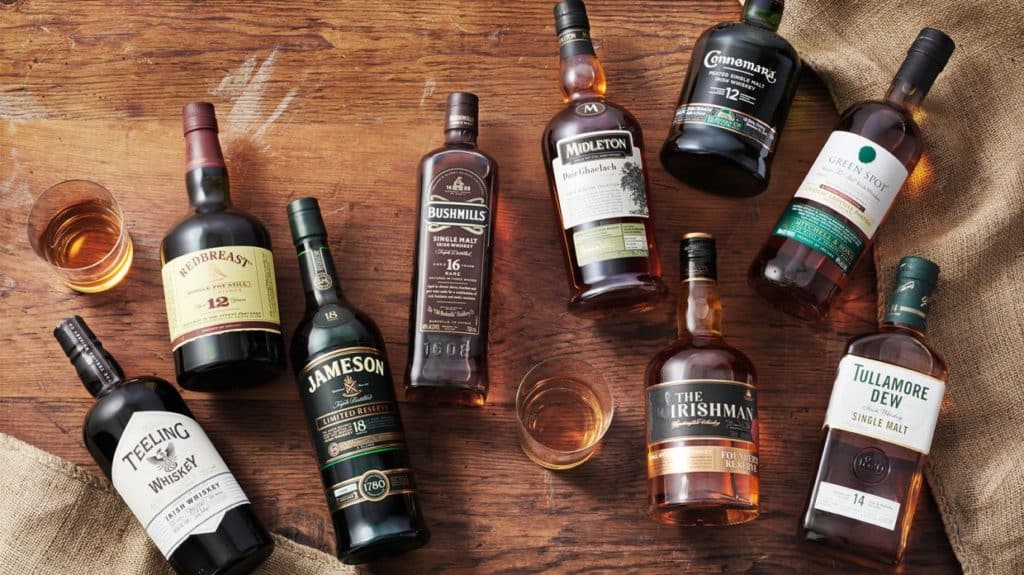
Industry Development
With the establishment of the Irish Whiskey Association in 2014, Ireland was clearly setting it’s sights on big things for the whiskey industry there. This meant that there was more protection for the category as well as the chance to promote Irish whiskey globally. Whisky Associations, such as the long running Scotch Whisky Association, are known for defining the product and ensuring that high standards are kept.
If we consider the history of Irish whiskey, which suffered massively from bad batches of home brewed “whiskey” that was then sold under the as Irish whiskey during prohibition, this move is key. It means that Ireland is looking to secure a future for the category and ensure that mistakes of the past are not repeated.
The IWA also promotes Irish whiskey through ambassadors and by encouraging tourism. There is currently a strategy to treble the amount of whiskey visitors to the island by 2025. Developed by the IWA, they want to see 1.7 million tourists coming to Ireland for the whiskey industry in 2025 alone. That’s an ambitious plan, but not completely undoable, especially at the rate Irish whiskey is growing right now.
Bringing in the Big Guns
As well as developing their own IWA, Ireland has also seen an increase in the activity of spirits conglomerates. Most of the biggest market companies, such as Pernod-Ricard, Brown-Forman, Proximo, Beam Suntory, William Grant & Sons and Diageo, have a hand in the Irish whiskey industry. Interestingly enough, Diageo actually swapped Bushmills, which they owned from 2005, with Jose Cuervo’s Don Julio Tequila, in 2014. The move would later prove to be somewhat of a mistake, considering the huge sales that Irish whiskey is currently seeing. Diageo later got back into the industry by setting up new brand Roe & Co.
The influence of these big companies is not to be underestimated. The knowledge, expertise and access they can provide to global markets means that Irish whiskey is set up to take over the world, if they want to.
Innovation
Within the four main categories of whiskey that are made in Ireland, there is a lot of room for innovation. Alongside this, with more distilleries embracing the Single Pot Still category, there is also a wonderful sense of tradition.
Single Pot Still is only made in Ireland and by law means that the whisky must be distilled in a pot still and have a mash bill of minimum 30% malted and unmalted barley, with up to 5% of other cereals. This coupled with distinctive maturation techniques gives Irish whiskey an edge. This is even more true when you consider that Irish whiskey does not need to be matured in oak wood to legally be called whiskey. It can stick to the tradition of Single Pot Still but be creative with the maturation process at the same time.
There are distilleries out there chopping down their own trees to make casks with (Glendalough), those using Rum and Cider casks (Tullamore DEW) and Redbreast have released a Lustau aged whiskey. There is a lot of room within the Irish whiskey category to be innovative and Ireland is certainly showing just how wide they can through the net. Diversity is key in building a strong market going forward as well as stepping away from the standards set by Jameson.
What comes next
Whiskey is a unique product in that it needs to be legally aged to 3 years before it can be sold as whiskey. This isn’t just a law in Ireland, but in many countries that sell whiskey. This is also an important factor to remember, because most distilleries in Ireland are less than 5 years old, meaning there is a longevity in their product that we haven’t seen yet. Most malts released from these new distilleries will be younger, even if they have been bonded from other distilleries. The youthfulness of Irish distilleries means we haven’t fully experienced exactly what they can do with their product.
An older age statement also means the category can access a different segments, the premium and ultra-premium market segments. Scotch regularly sees ultra-premium whiskey sales, into the thousands for rare and exclusive malts. It is too far fetched to believe that Irish whiskey will do the same and carve out a new market for itself in doing so.
Jameson do have some rare and exclusive releases but they are nothing compared to the super luxurious brands like The Macallan or The Glenlivet. It would not be strange to see more Irish brands coming out that can challenge these world renowned luxury brands.
What this means is that Irish whiskey will start to see growth in value over volume. While both areas will continue to rise, value growth, which isn’t as lucrative for Irish distillers right now, will start to seriously overtake volume.



